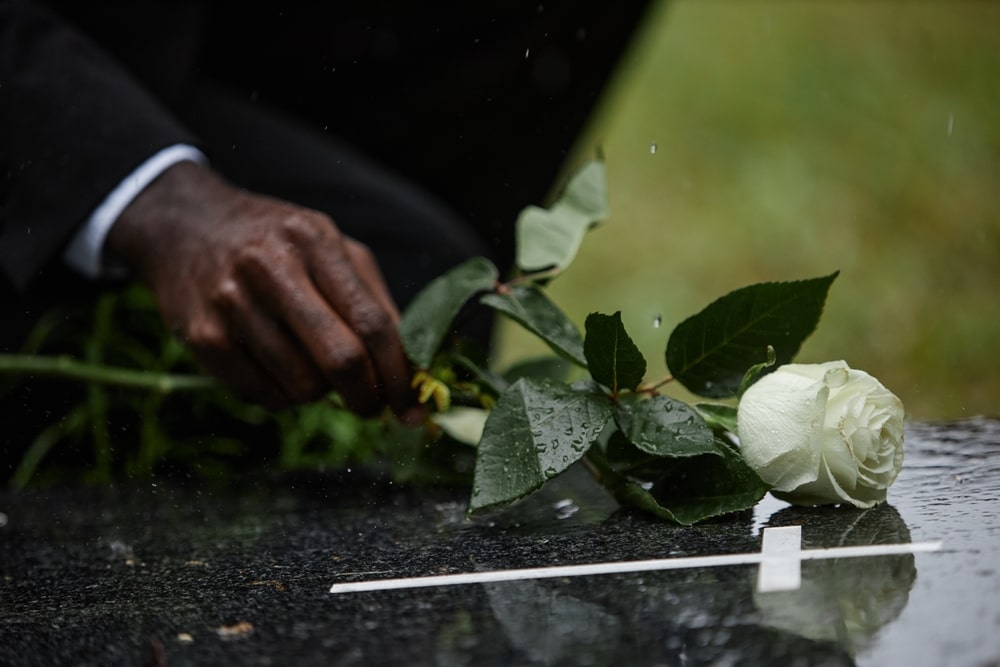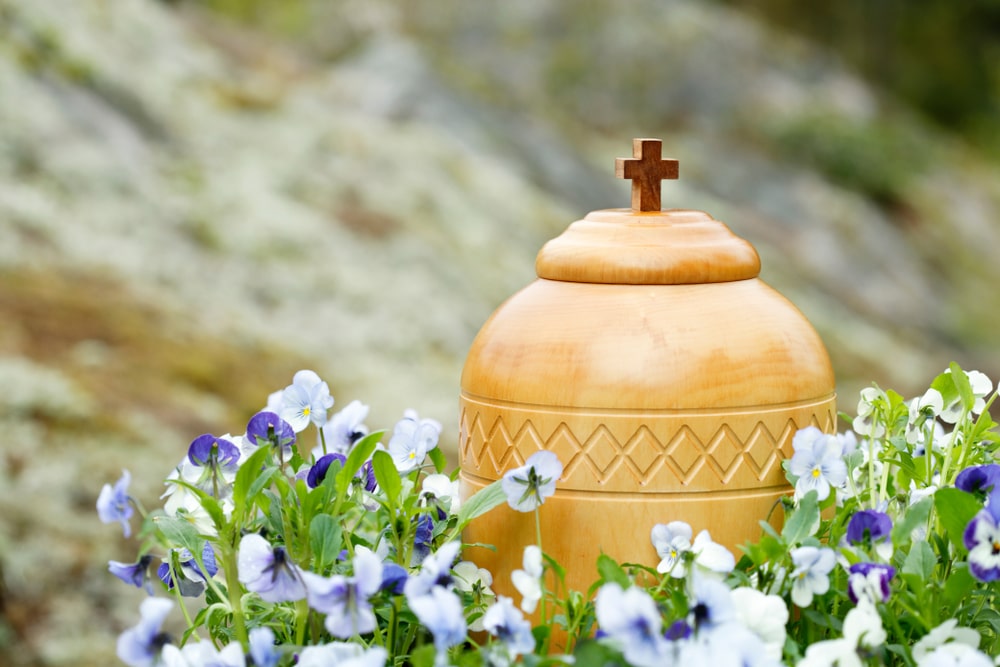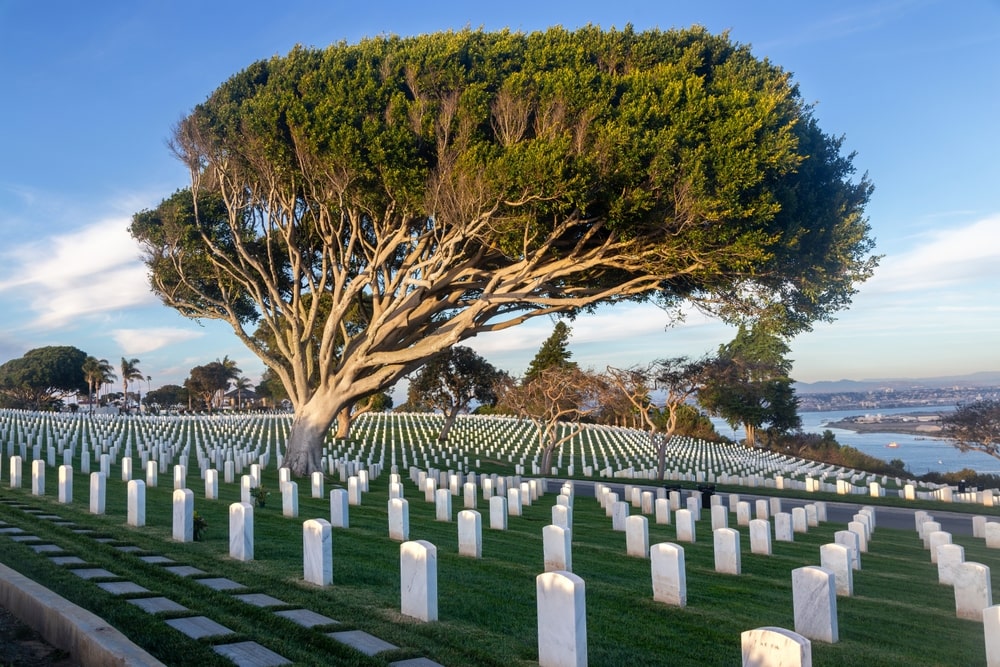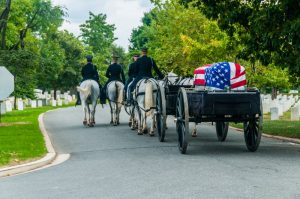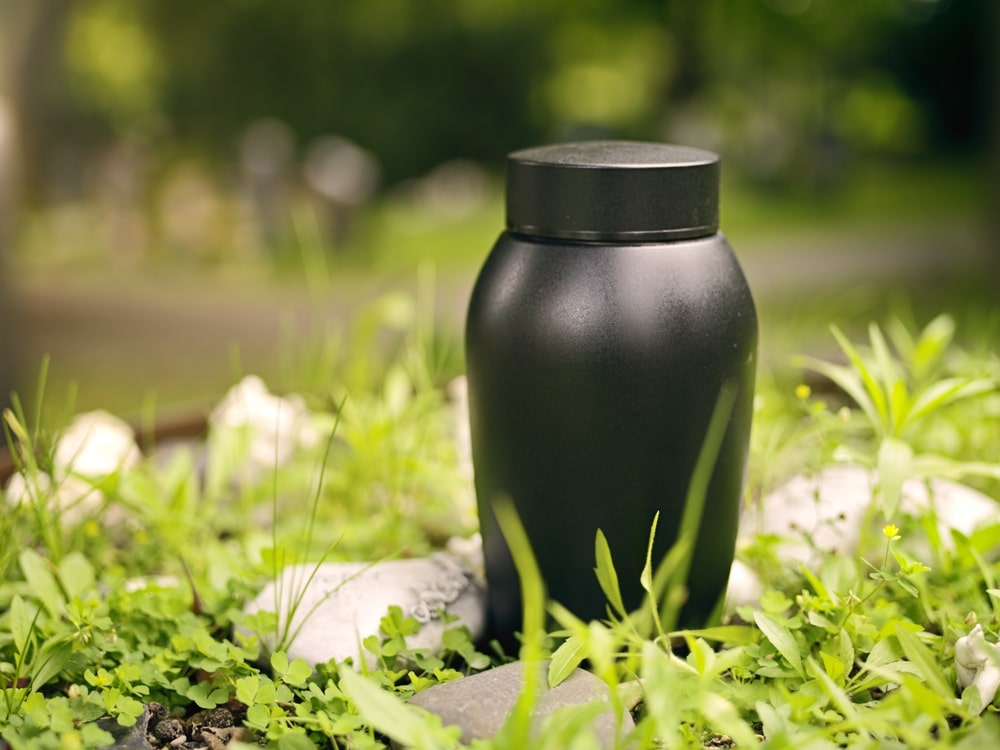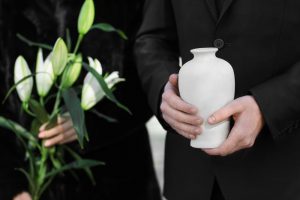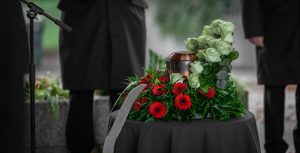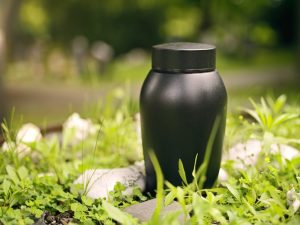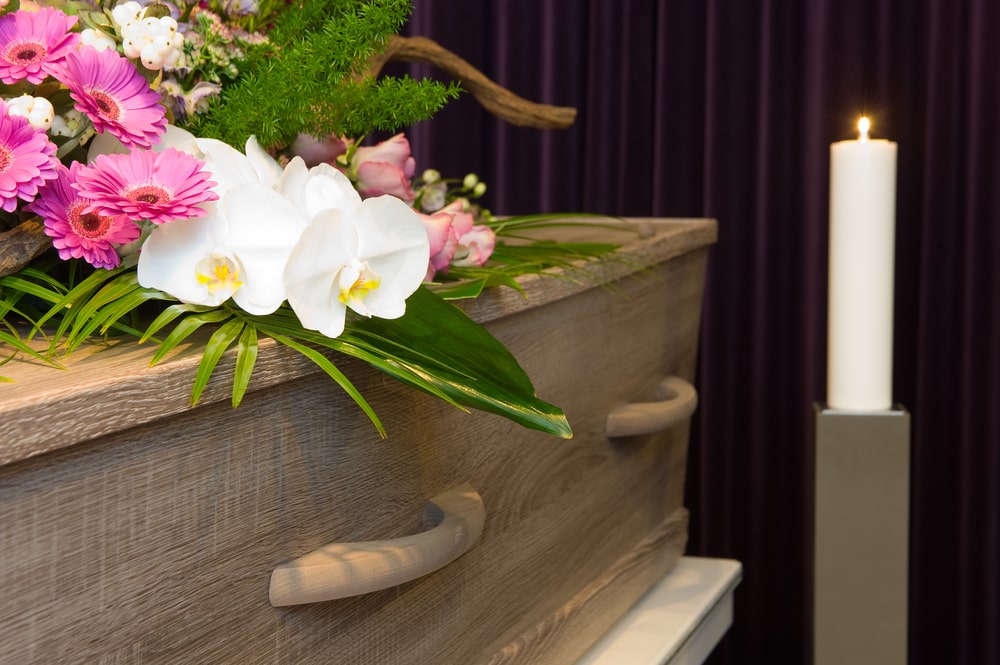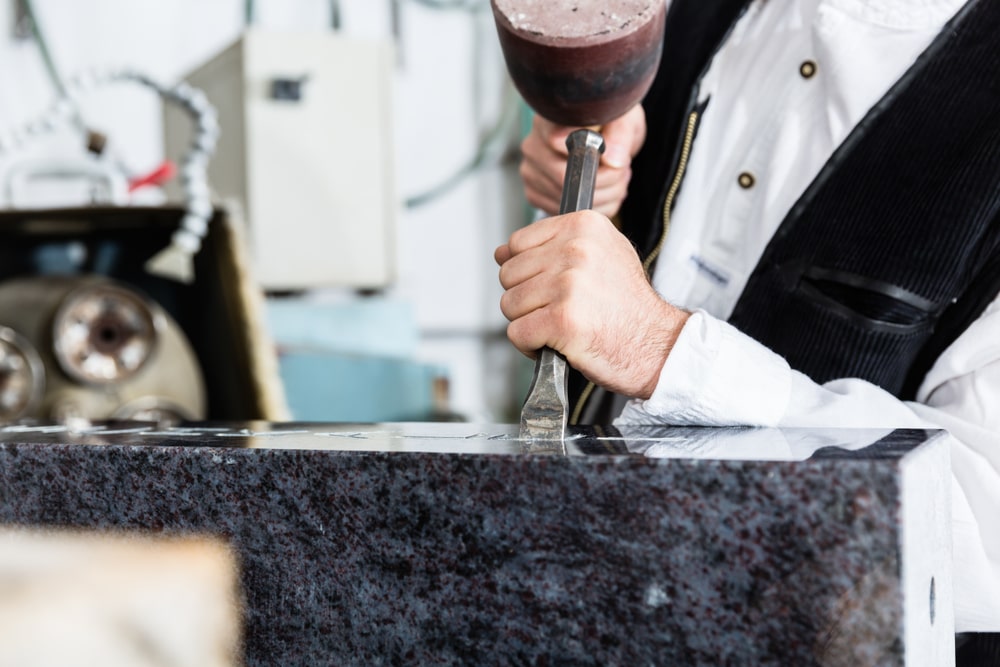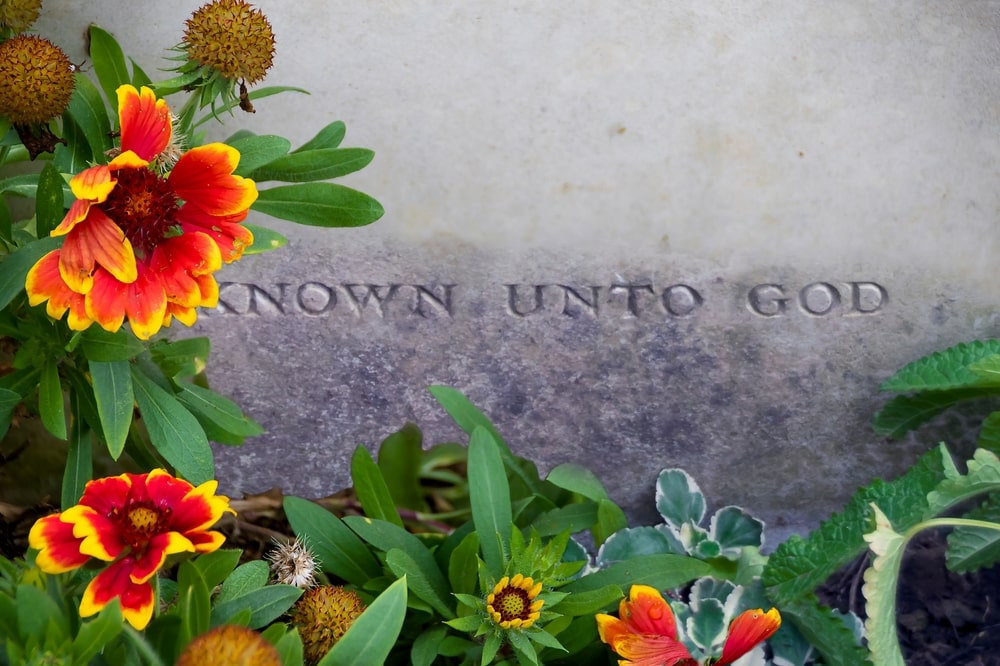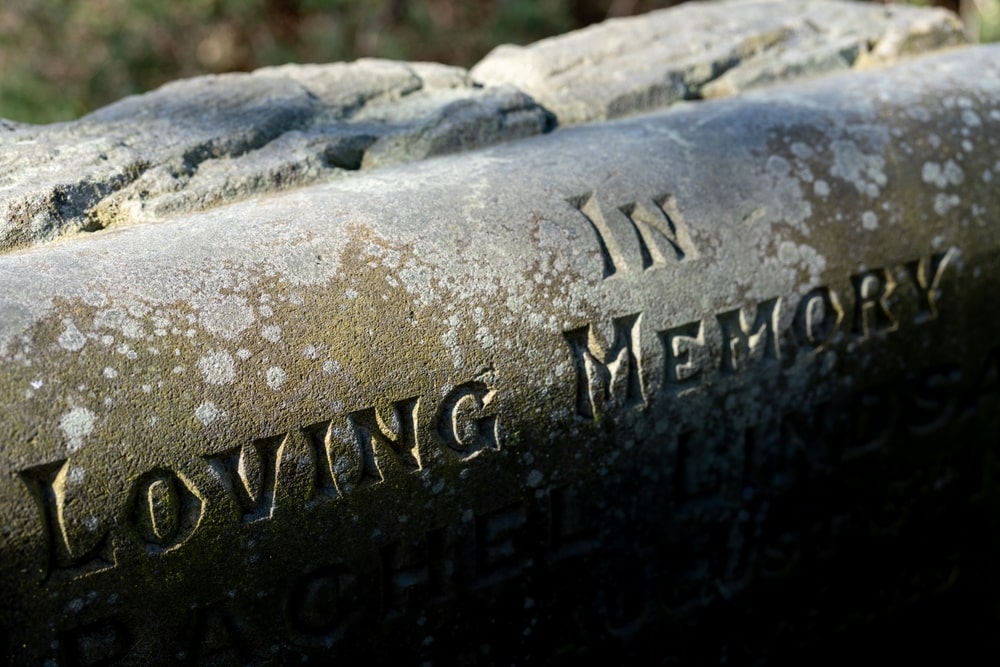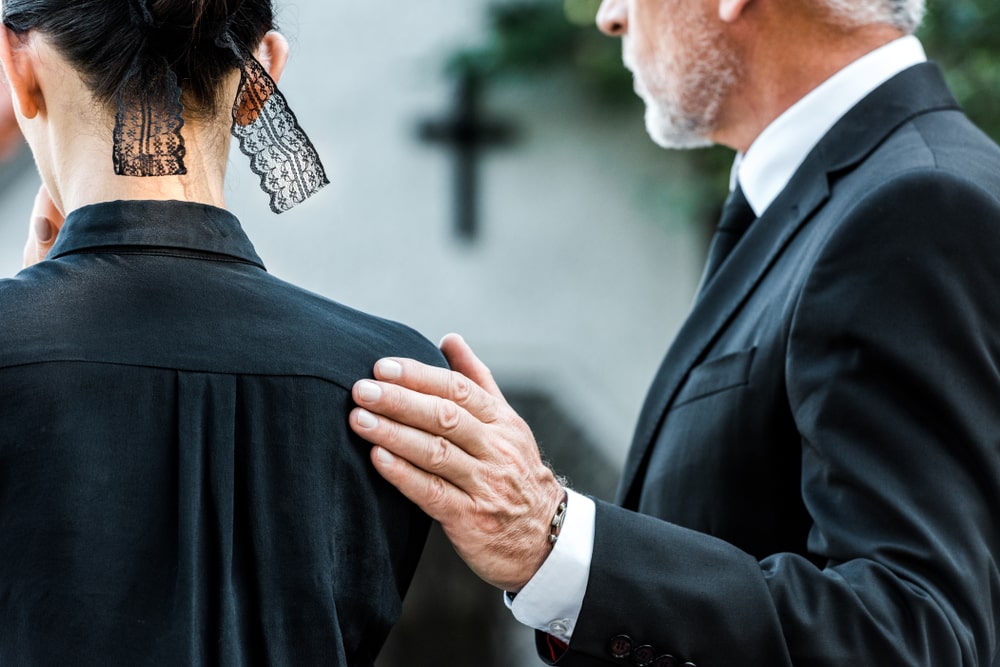
While losing a loved one is not something any of us want to think about, there is value in thinking ahead and being prepared for the future. Whether you want to complete advance funeral arrangements or are in the midst of planning a loved one’s funeral right now, it’s important to choose the funeral home that works best for you.
Unfortunately, funeral homes are not created equal. As you select a funeral home to meet your planning needs, consider looking for these 10 characteristics.
1. Possesses a Good Reputation
You probably know of a place (whether it be a restaurant, retail store, or funeral home) that has a bad reputation. What do you instinctively do when you know a place has a bad reputation? You avoid it. You read online reviews, listen to other people’s stories, and value your own experience.
Particularly when selecting a funeral home, find a trusted establishment that maintains a good reputation so you can be confident in the care and service you will receive. Ask your friends for recommendations or read online reviews of the funeral homes in your area.
2. Employs Caring and Compassionate Staff
At any business, you should expect to be treated with kindness. However, this attitude should be especially true of funeral home staff, who should exhibit excellent customer service and authentic sincerity. If they don’t, you know there’s a problem.
Another way to determine whether a funeral home cares is to see how involved they are in the community. Alternatively, make a short list of funeral homes you are considering and give them a call. Just one conversation can tell you a lot about their service and care.
3. Communicates a Commitment to Families
No matter which funeral home you choose, you should have confidence in their commitment to you. If a funeral home has a good reputation and employs kind and caring staff, then they’re also likely to show great commitment to the families they serve.
However, it is still good practice to read a funeral home’s mission statement and history. These two pieces of information can give you a better understanding of a funeral home’s values and commitments. You and your family should be at the top of the list!
4. Expresses a Desire to Create a Meaningful Experience
Renowned grief counselor, author, and educator, Dr. Alan Wolfelt, says, “What is essential [when planning a funeral] is the life that was lived and the impact that life had on family and friends. To honor that unique life, the funeral must also be unique. Over and over families tell me that the best funerals are those that are personalized.”
As you consider a funeral home, ask yourself, “Will this funeral home help me create a service unique to my needs and values?” Personalized funerals are on the rise, and a good funeral home will work with you to create a meaningful and healing experience. The funeral director should listen carefully to your needs, answer your questions, and offer suggestions for creating a personalized final goodbye.
5. Offers a Good Location and Services
As you look for a funeral home to partner with, take your specific needs into account. For many, a convenient location is essential. When planning a funeral, you will be in frequent contact with the funeral home and easy access will be helpful for your preparations.
In addition to having a good location, evaluate the facility and services. Is the building clean and well-kept? Do they have room for a visitation, viewing, or reception (if your plans require such spaces)? Is the facility flexible, allowing you to adjust it to meet your specific needs?
Regarding services, does the funeral home offer what you need? Do they provide burial and cremation options? Do they coordinate graveside services or offer eco-friendly selections? No matter what your wishes are, only commit to a funeral home that can accomplish them.
6. Accommodates Religious or Cultural Needs
Another thing to consider is whether the funeral home can accommodate your religious or cultural needs. For some people, their origins and beliefs make up the fabric of who they are. It’s important that these core values are evident in the funeral or memorial service.
No two people are the same, and because of that individual uniqueness, no two funerals should be the same either. The funeral home you choose should be willing to help you express any religious or cultural beliefs you hold dear.
7. Values Transparency about Costs and Descriptions
Everyone values a clearly stated fee structure. With that in mind, partner with a funeral home that practices openness and transparency.
When you contact the funeral home, ask for the General Price List, which includes an itemized list of all services and merchandise. Every funeral home is required by the Federal Trade Commission to have this document updated and readily available for anyone who wishes to see it. With the Price List in hand, you can determine what’s best for your budget – no surprises!
And if you have questions about pricing or manufacturing, the staff should be willing to quickly and thoroughly answer your questions.
8. Offers Grief Resources
An important question to ask yourself is, “Does this funeral home provide services beyond the funeral itself?” A good funeral home will be there for you even after the funeral is over.
Look for an establishment that offers grief counseling services, post-funeral newsletters and education, grief support groups or materials, “check in” visits and phone calls, or holiday commemoration services, to name a few options. Your grief journey is important, and the right funeral home can help you on the road toward healing.
9. Utilizes Up-to-Date Technology
The funeral industry is often accused of being behind the times, but this is not entirely true. Yes, some funeral homes may be slow to change, but there are new, exciting technological advances available.
More and more funeral homes are cultivating a social media presence, creating and updating their websites, helping families create memorial videos, or offering a livestream of the funeral service. Some are even providing online funeral planning options. If these services are important to you, look for a funeral home that uses up-to-date technology to enhance its offerings.
10. Engages the Community with Education Programs
Finally, a good funeral home and its staff engage with the community before, during, and after the funeral. Does the funeral home host educational programs about estate planning and the importance of getting your affairs together? Do they offer educational events to share the importance of funeral preplanning or offer tours of the funeral home facilities? Do they offer hospice continuing education or engage in community events?
The funeral home should be an advocate of information. Death inevitably comes to us all, and we cannot change that. Education and preparation can be our ally, but that only happens if a funeral home engages with its community.
Hopefully this list of characteristics will help you find the best funeral home partner for your specific needs and wishes. Saying goodbye in a personalized and meaningful way is an important step in the healing journey, so don’t be afraid to ask questions and make sure you’ve got the right team by your side.











